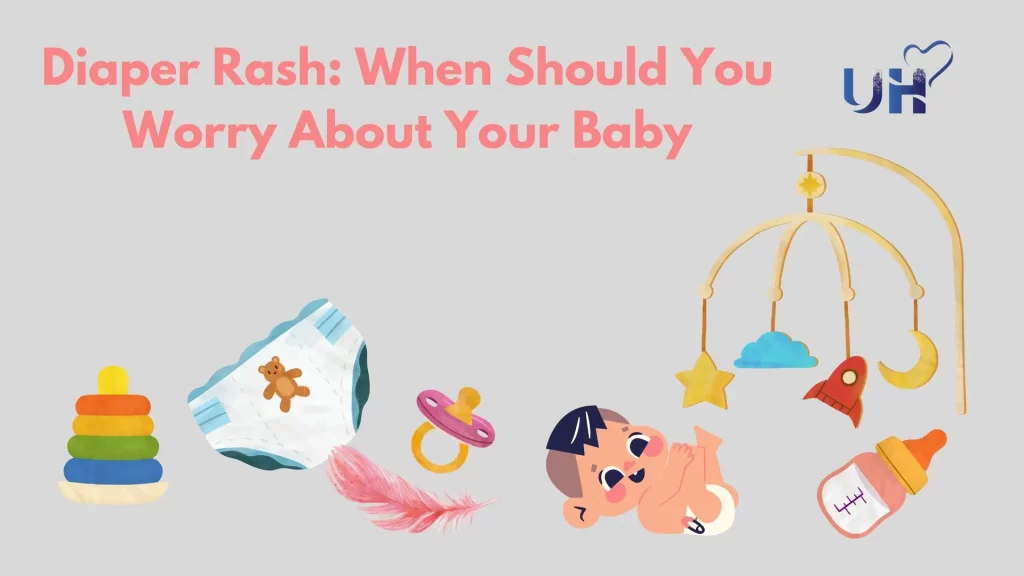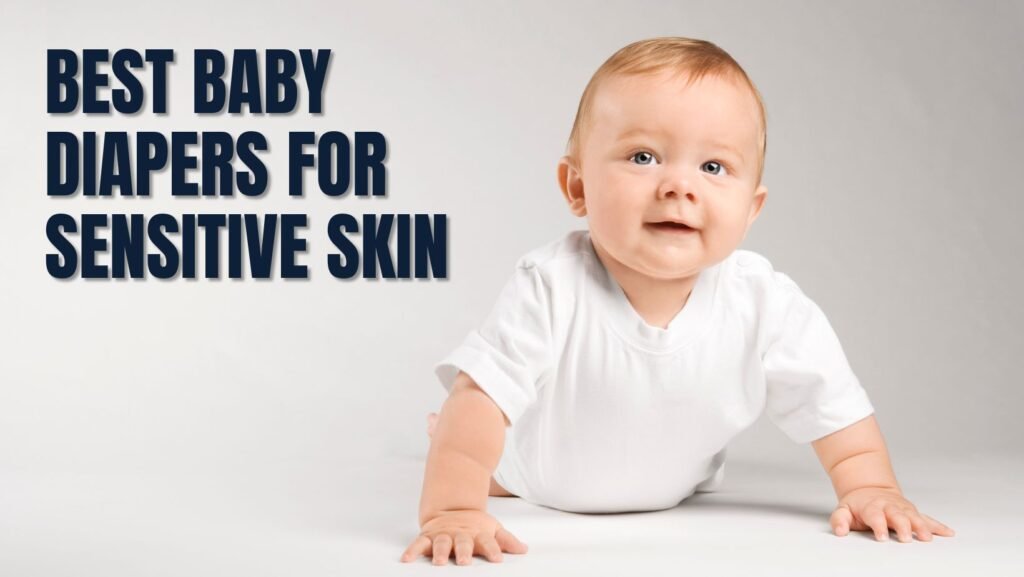
You want nothing but the best for your child as a parent. You carefully select the softest blankets, coziest clothing, and gentlest baby goods, including diapers. Regardless of your efforts, diaper rash can still make an unwelcome appearance. When should you be concerned about diaper rash, and how can you properly treat it? This blog will delve into diaper rash, its causes, prevention, and when it’s time to seek professional guidance, brought to you by Infanzy, a trusted baby hygiene & care brand under the umbrella of Unisoft Healthcare in India.
Why Should Baby Diaper Rash Be Taken Serious?
Concerns regarding your diaper rash baby are frequent among parents. While most diaper rashes are minor and treatable at home, there are a few instances when you should be extra cautious and seek expert help. Here are a few reasons to be concerned about your baby’s diaper rash:
1 Perseverance
It is cause for concern if the diaper rash does not resolve or worsens after a few days of home care. Most small diaper rash dots should improve after a day or two of treatment.
2 Extreme Discomfort
If your infant appears to be in a lot of pain or discomfort due to the rash, it’s time to take it seriously. Severe pain may signal an underlying problem or illness.
3 Blisters or open sores
It’s a red flag if you discover open sores, blisters, or ulcers within or around the diaper rash area. This could indicate a more severe diaper rash or a subsequent infection.
4 Rash Spreading
If the rash spreads beyond your baby’s diaper region and onto other parts of their body, it could indicate a more severe ailment or an allergic reaction.
5 Fever
If your infant gets a diaper rash and fever along with the diaper rash, it could indicate an underlying infection that requires immediate medical attention.
6 Pus or Discharge
The presence of pus or discharge from the diaper rash region clearly indicates infection and it’s treatment should happen as soon as possible.
7 Recurrence Frequency
Recurrent or chronic diaper rash dots in your kid may indicate an underlying issue that requires professional evaluation, such as a food allergy or a skin condition.
It is critical to consult your physician or healthcare practitioner in these cases. They can comprehensively examine, detect underlying issues, and make treatment recommendations. Prompt diaper rash treatment can prevent the rash from worsening and relieve your baby’s suffering.
On the other hand, regular, moderate diaper rashes caused by wetness or friction can typically be efficiently managed at home with good hygiene and diaper rash creams. Maintain proper diaper-changing habits, use mild and hypoallergenic products, and monitor your baby’s skin for any changes or signs of discomfort.
What Causes Diaper Rash in Babies?
Diaper rash is a common skin condition affecting newborns and toddlers, giving parents discomfort and concern. Understanding the causes of diaper rash and recognizing its symptoms is critical for effective care. In this tutorial, we’ll look at the causes and symptoms of diaper rash in babies.
- Friction is one of the most common causes of diaper rash. When the diaper rubs against the baby’s sensitive skin, it might irritate, especially if it is overly tight.
- Another major cause is prolonged dampness exposure. When a diaper rash baby is wet or soiled for an extended period, the skin relaxes and becomes more uncomfortable.
- Some babies’ skin is more sensitive than others, making them more prone to diaper rash. Even minor contact with moisture or friction might cause inflammation in susceptible people.
- As babies begin to eat solid meals, the frequency and consistency of their bowel motions may change. This can increase the chances of diaper rash.
- Diaper rash can be caused or exacerbated in some situations by yeast (Candida) or bacterial overgrowth in the diaper area. This can result in a more severe and long-lasting rash.
All Diaper Rash Symptoms To Look Out For
The following symptoms characterize diaper rash:
- Redness: The affected area turns red and inflamed. Depending on the degree, it might range from light pinkness to deep redness.
- Irritation: The skin may appear somewhat enlarged due to inflammation.
- Warmth: The skin may feel warmer to the touch than the healthy skin around it.
- Discomfort: Babies suffering from diaper rash may exhibit indicators of discomfort, such as fussiness, crying during diaper changes, or increased irritability.
- Patches or Spottings: The rash appears in patches or as single spots on the buttocks, genitals, and, on rare occasions, the thighs.
- Scaling or Peeling: The damaged skin may peel or form tiny scales in more severe situations.
- Blemishes or sores: In rare cases, candida diaper rash can develop into blisters, open sores, or ulcers, indicating a more severe condition.
Preventing Diaper Rash
Infanzy recognizes the importance of maintaining your baby’s skin healthy and free of rashes. Here are some precautions you can take when using Infanzy diapers:
- Use the proper diaper size to avoid leaking and friction.
- To limit moisture exposure, change diapers as soon as they get wet or soiled.
- During diaper changes, use moderate, fragrance-free wipes or warm water.
- Choose Infanzy diapers, made of soft and breathable fabric, to keep your baby’s skin comfy.
- Allow your baby some daily diaper-free time to allow their skin to breathe.
- If the rash does not improve or worsens after several days of home diaper rash treatment.
- And if your infant gets candida diaper rash and fever or appears incredibly uncomfortable or fussy, consult your doctor.
- If you see any open sores, blisters, or symptoms of infection, consult your doctor.
Diaper rash is a typical concern for parents, but you can keep your baby’s skin happy and healthy with the correct care and products. Infanzy, a well-known brand in baby hygiene and care, provides diapers developed with your baby’s comfort in mind. While most diaper rashes may be treated at home, seeking expert help is critical. Your baby’s safety is always a priority, and Infanzy is here to help you.

Unisoft Care: Best Diapers for Sensitive Skin – A Mom’s Top Picks
As a parent, ensuring your baby’s comfort and well-being is always a top priority, especially when it comes to their

Unisoft Care: Finding the Goldilocks Diaper – Best Diapers for Newborns That Are Just Right
Welcoming a newborn into your family is an exciting and joyous time, but it also comes with its fair share

Unisoft Care: Heavy Flow Overnight Champions – Best Pads for Stress-Free Nights
For many women, managing heavy menstrual flow overnight can be a daunting task. Leakage, discomfort, and interrupted sleep are all
